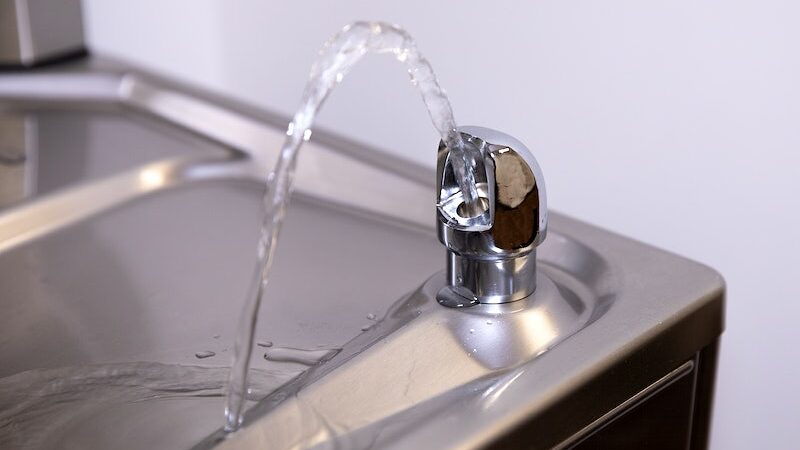Wastewater is one of the most affordable and stable water supply options in Southern California. Despite the ‘ick’ factor, proper treatment can take wastewater and turn it into a high-quality water supply – cleaner than most bottled waters. This so-called “wastewater reuse” is becoming more popular and necessary given water scarcity and drought, especially in the US southwest. Although treatment processes for wastewater are relatively standardized, how the treated water gets to the customer is not. After treatment the treated water can go straight to the distribution system, known as direct-potable reuse, or it can go through an approximation of the water cycle, enter the groundwater, and then eventually be pumped up for the consumer, known as indirect-potable reuse. Indirect-potable reuse has the benefits of environmental buffers that can further treat the water as compared to direct-potable reuse. This study of an environmental buffer was conducted with the Orange County Water District (OCWD) which operates the largest water reuse plant in the world.
In the process of disinfecting wastewater, disinfection-by-products, like N-nitrosodimethylamine (NDMA) are produced by the reaction of constituents in the wastewater and chemicals used in disinfection. Although not officially regulated yet, NDMA is a probable human carcinogen and its cancer risk level is 3 parts per trillion (ppt). For reference, arsenic’s cancer risk level is over a thousand times less strict than NDMA’s. At the end of a typical advanced water treatment process which includes UV treatment, NDMA is usually non-detectable in the water. However, OCWD has found that after advanced treatment and during travel through miles of pipes to local recharge basins for indirect-potable reuse, NDMA is occasionally detectable at concentrations around 10 ppt. This study aimed to quantify how effective the natural UV rays from the sun are in further treating NDMA before the water enters the groundwater aquifer, where it will be much less likely to degrade. By sampling the basin and dosed experimental containers over 24-hour periods, we found that the sun is highly effective at treating NDMA in the clear recharge basins as well as in murkier wetland water. Within hours of sunrise NDMA was non-detectable within the basin. Although indirect-potable reuse has a greater footprint than direct-potable reuse, this study demonstrated the benefits of environmental buffers in treating a chemical of concern even after advanced treatment.



